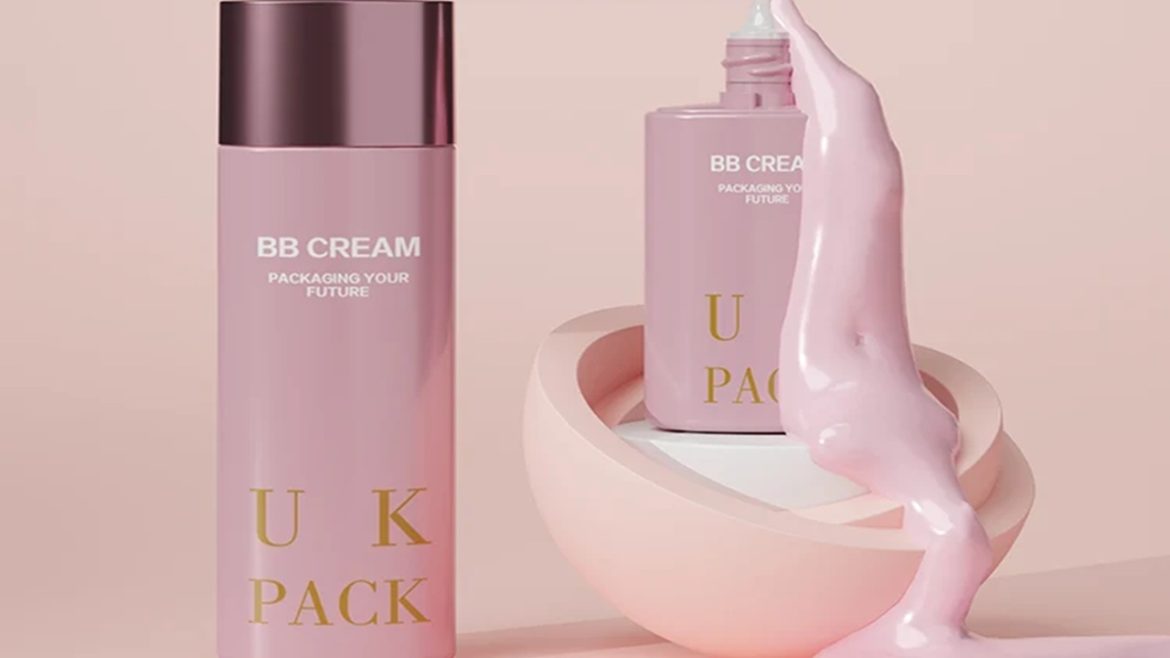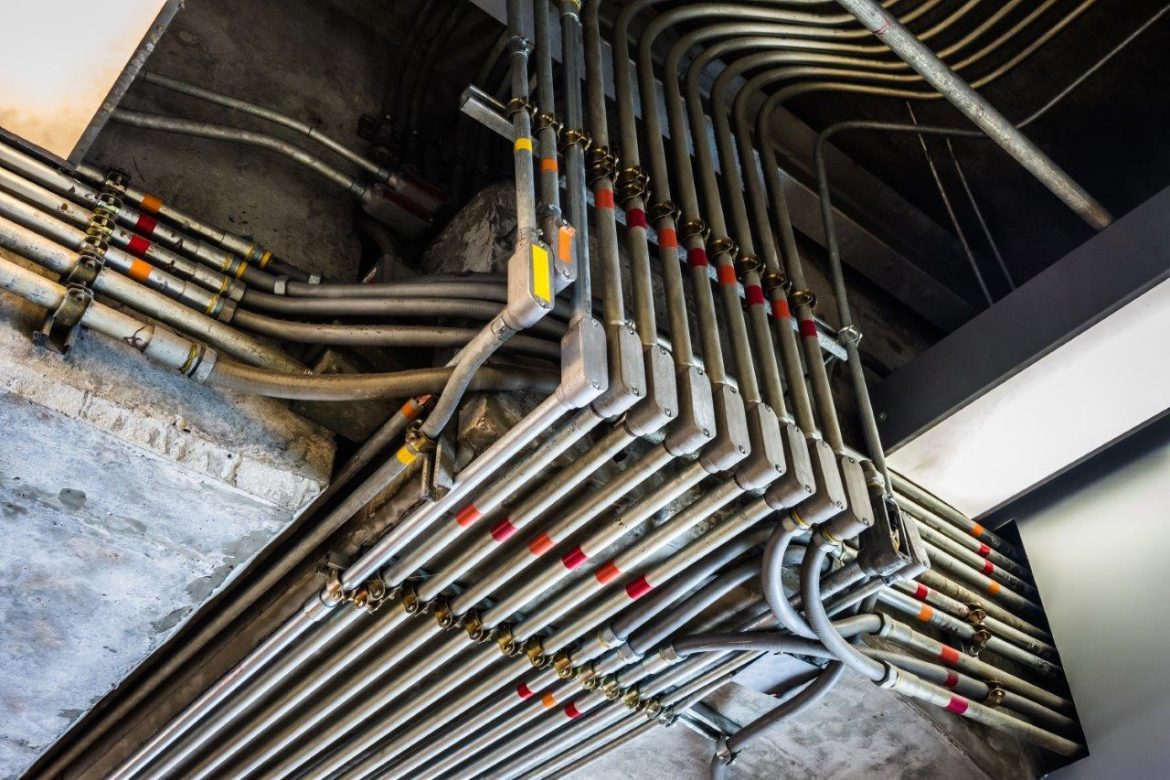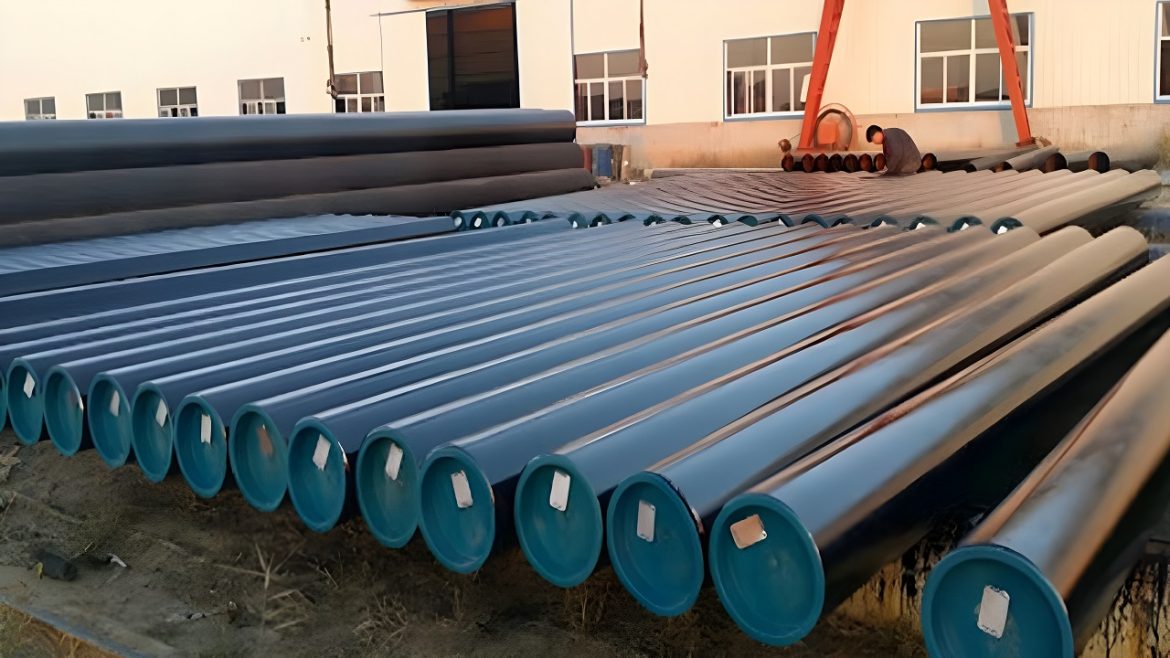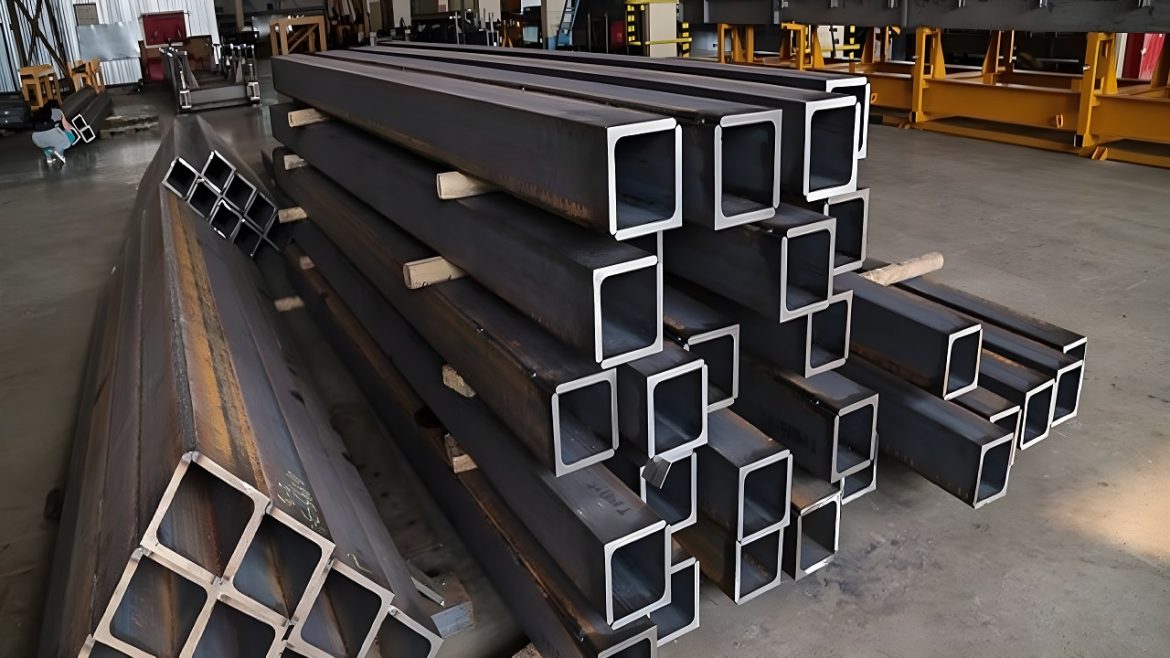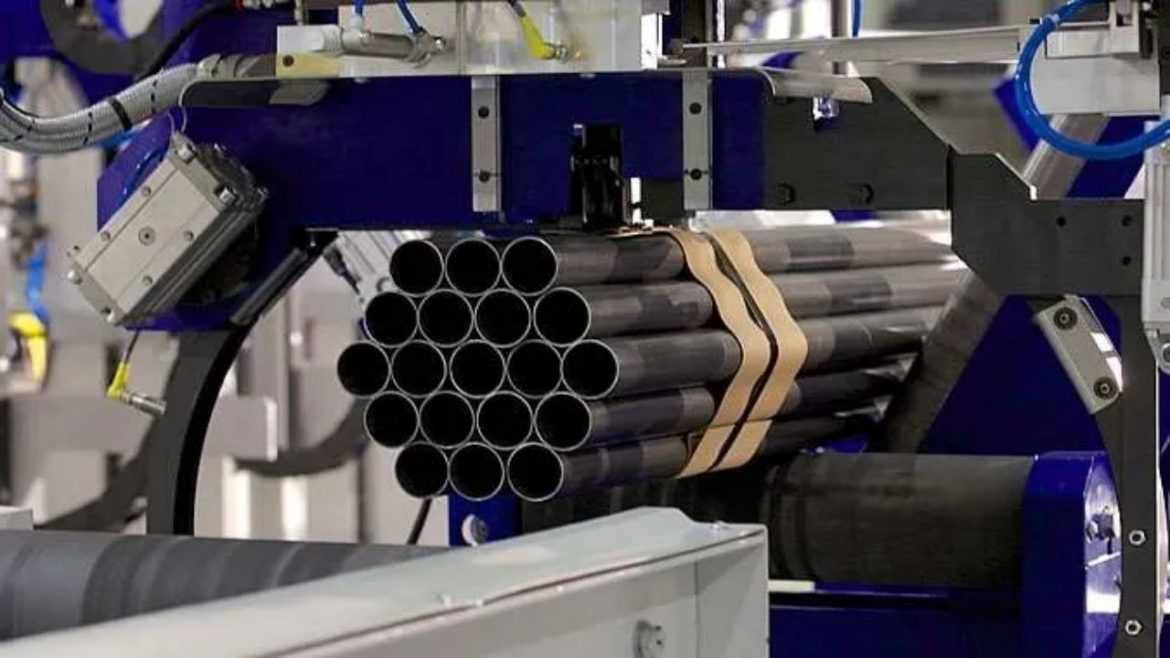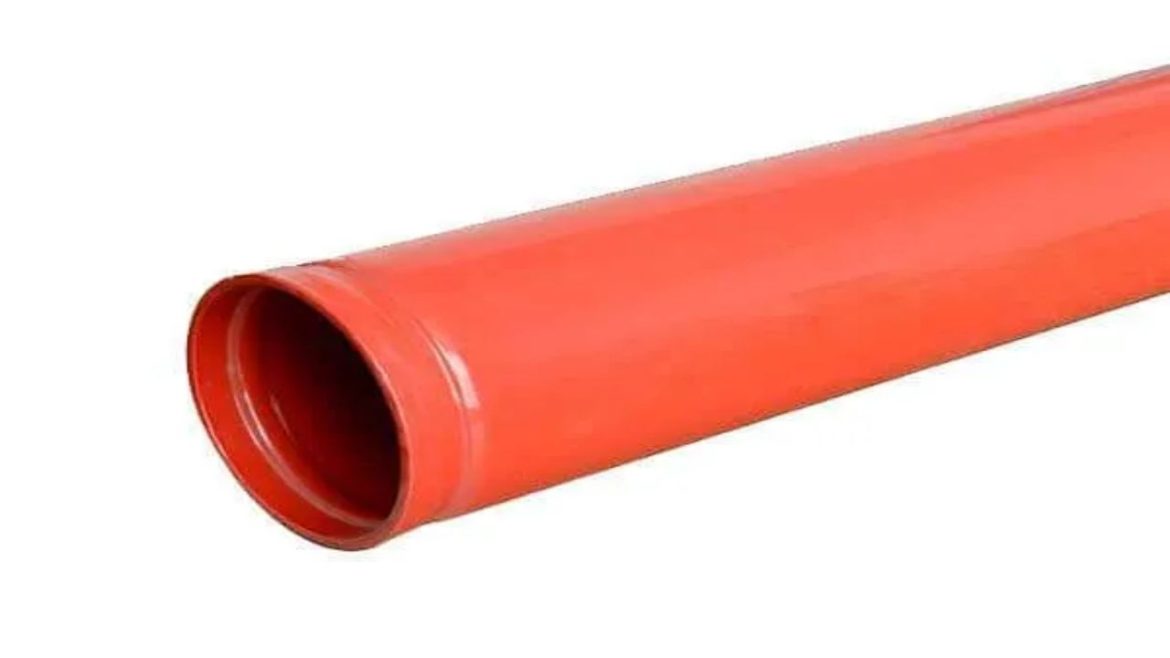A container in the beauty and skincare industry is more than a container, and it is the complete user experience. Modern consumers seek a stylish and convenient packaging, which is easy to operate and attractive at the same time. In this case, the squeeze design tottle bottles have become very popular. Their innovative design and functionality have made them a favorite among cosmetic brands in the global market in terms of packaging. Companies such as UKPACK, a tottle bottle manufacturer, have been at the forefront of this change by providing quality tottle bottles that can be customized to improve the performance of the product.
Functionality Meets Convenience
The convenience of squeeze design tottle bottles is one of the largest factors that has made it a favorite of consumers. Conventional packs usually cause the consumer to have a hard time extracting the final drop of product. In the case of tottle bottles, the design is inverted to maintain the contents as close to the dispensing point as possible so that they can be used easily and completely.
The easy body design enables the user to regulate the flow by the mere squeeze of the bottle so that the right amount of product is always dispensed. If a person needs a sunscreen for the beach trip, the tottle bottle will make sure that one can have the last drop of the product.
Moreover, the tottle bottles in UKPACK have secure and leak-proof capping, which eliminates the chances of spillages that occur in case of accidents, thus making the tottle bottles ideal to be used at home or to carry along.
Improved Hygiene and User Experience
People with cosmetic products are highly attracted to the packaging that results in the provision of beauty as well as clean and hygienic application. Tottle bottle squeeze design decreases the direct contact to the product and, as a result, decreases the chances of contamination.
Moreover, the dispensing system is controlled, and therefore, products are not exposed to air, and thus they help to preserve the freshness and increase the shelf life of products. This is especially needed with active ingredients, essential oils, or natural extracts used in cosmetics that are oxidative sensitive.
Each squeeze gives the user a controlled application experience, giving skincare users a smooth and controlled application with each squeeze, making them not simply containers but essential components in a daily skincare routine.
Brand Differentiation and Aesthetic Appeal
In addition to functionality, the squeeze design tottle bottle enhances the aesthetic and feel of the cosmetic products. This has a high-end feel because of its smooth texture, sleek shape, and soft-touch surface, which appeals to contemporary consumers.
Manufacturers such as UKPACK can also add customization as one of the ways of strengthening their brands. These are decisions on bottle shape, size, material, color, finishing, as well as silk-screen printing, hot stamping, and labeling. This is because of the level of flexibility it grants, whereby beauty brands can create packaging that is unique and reflected on the retail shelves, as well as their brand personality and sustainable values.
A tottle bottle, well designed, not only enhances usability but also increases how a brand is perceived to be quality and innovative by the consumers.
Sustainability and Material Efficiency
Eco-friendly packaging is now an important consideration. The squeeze design tottle bottles at UKPACK are produced using eco-friendly fuels like HDPE, PP, and bio-based plastics, which can be recycled or reused. The minimized weight of the product reduces the amount of material employed and transportation emissions, which are part of the worldwide initiative of responsible packaging. The material of the packaging will reduce the waste generated during the process of manufacturing.
Squeeze Design Tottle Bottles
Consumers would prefer a package that makes their routine easier, lessens the waste of the products, and is easy to handle, which are some of the main qualities of tottle bottles made of a squeeze design. The squeezable form is soft, enabling it to be used accurately, and the standing design makes it easy to store and access.
In addition, these bottles are portable, leakage-free, and attractive, and suit well in contemporary lifestyles. Squeeze design tottle bottles are easy and pleasant to use whether in their day-to-day skin care or makeup or as travel items.
Conclusion
With the ever-changing nature of the beauty industry, packaging that is both fashionable, functional, and sustainable will become the new generation of cosmetic products. The perfect example of such a balance is the squeeze design bottles made by UKPACK that will provide better functionality, appearance, and environmentally friendly production. These innovative bottles will help cosmetic brands to improve the user experience, minimize waste, and improve their image in a more competitive market.
